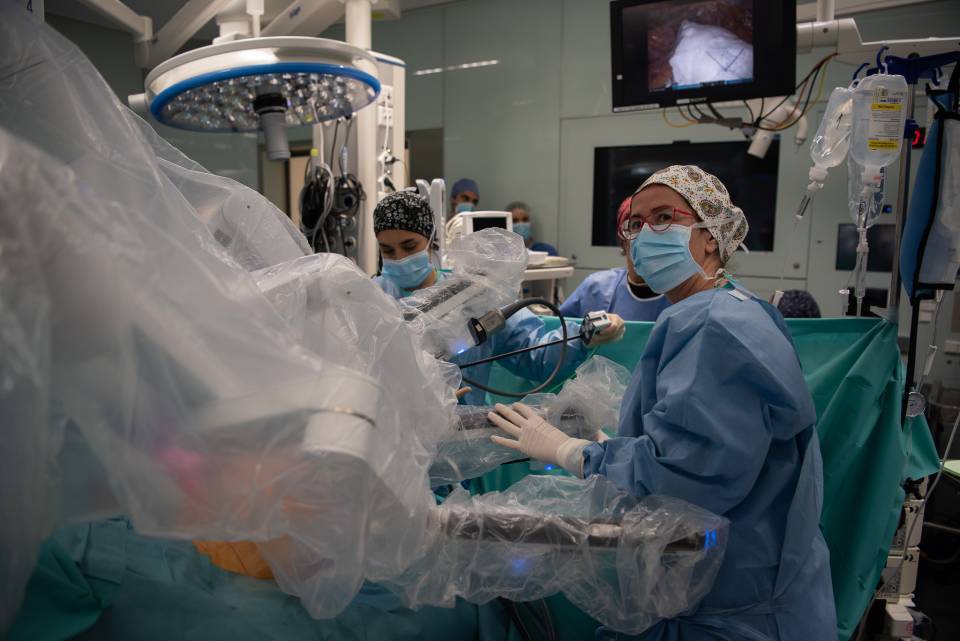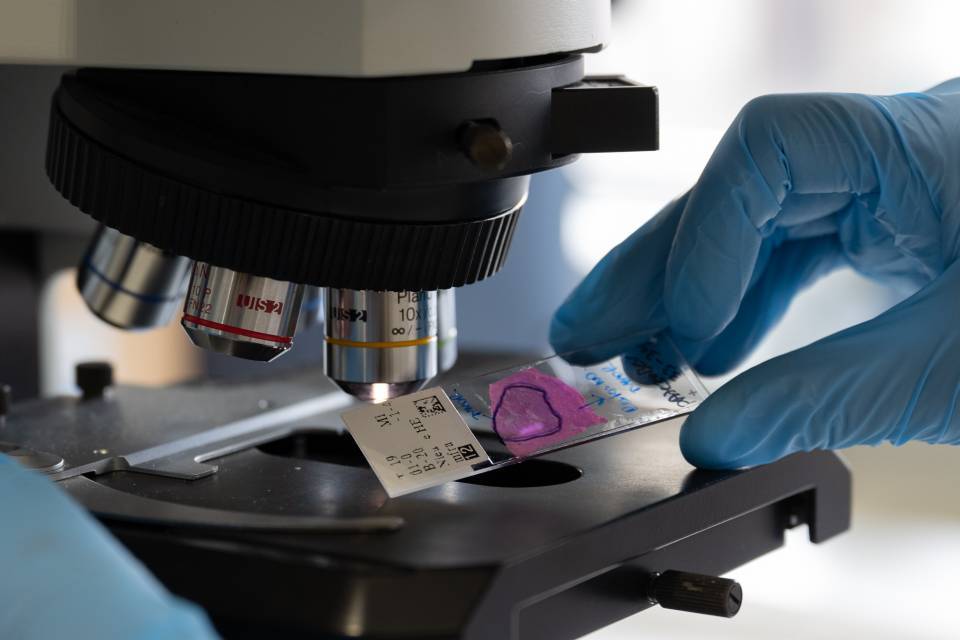The study, presented at the ECNP 2025 Congress in Amsterdam, shows that communication between two key brain regions —the amygdala and the prefrontal cortex— is significantly reduced, which may be related to the emotional dysregulation commonly seen in PTSD following sexual assault.
The first author of the study is Dr Lydia Fortea, researcher at the IDIBAPS group Imaging of Mood and Anxiety-Related Disorders (IMARD). The study is part of a collaborative project between the Programme for the prevention and treatment of psychological consequences in women victims of sexual assault at Hospital Clínic and the IMARD group. The project is co-led by Dr Adriana Fortea, psychiatrist in the programme and IDIBAPS researcher, and Dr Olga Puig, clinical psychologist, programme coordinator and IDIBAPS researcher. The project is supported by the Alicia Koplowitz Foundation and the Pons-Bartran research grant from Hospital Clínic.
The brain impact of emotional trauma
Post-traumatic stress disorder (PTSD) is a mental health condition that can develop after experiencing a traumatic event. In cases of sexual assault, it is estimated that up to 70% of women develop PTSD, which is characterised by symptoms such as intense fear, anxiety, intrusive memories and nightmares, mood disturbances and hypervigilance.
PTSD following sexual assault tends to be especially severe and may be accompanied by depression, suicidal thoughts and other emotional disorders. Although sexual violence is one of the most common forms of trauma affecting women, most PTSD research has focused on other types of traumatic events, such as war or natural disasters.
When the brain stops communicating
The study analysed brain images from an initial sample of 40 patients —adolescent and adult women— with PTSD following a sexual assault in the past year, compared with a group of women without PTSD or a history of sexual violence, matched by age. Using resting-state functional MRI, the researchers observed that in more than half of the women with PTSD (22 out of 40), communication between the amygdala and the ventromedial prefrontal cortex —two key regions for managing fear and emotions— was almost completely lost, dropping to near-zero levels.
“The amygdala is responsible for processing emotions such as fear, while the prefrontal cortex helps regulate those emotions. When this connection weakens, the brain may struggle to control fear responses or manage emotional states, which could explain some of the more intense symptoms of PTSD,” explains Lydia Fortea.
Although this brain alteration was not directly linked to the severity of clinical symptoms at this stage, the researchers believe this may be due to the sample size. They expect to find this association in the full study sample, or alternatively, that it may be a core feature of the disorder, beyond its clinical expression.
Towards better understanding and treatment of PTSD
This finding reinforces the idea that PTSD following sexual assault is linked to dysfunctions in brain circuits that regulate fear and emotions, and that these changes appear early after the trauma. The research team suggests that these alterations could help identify patients at higher risk of poor outcomes and guide personalised therapeutic strategies in the future.




